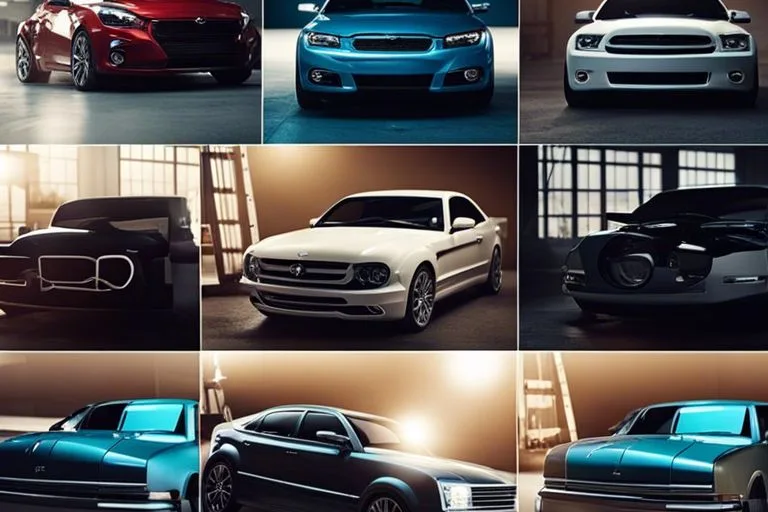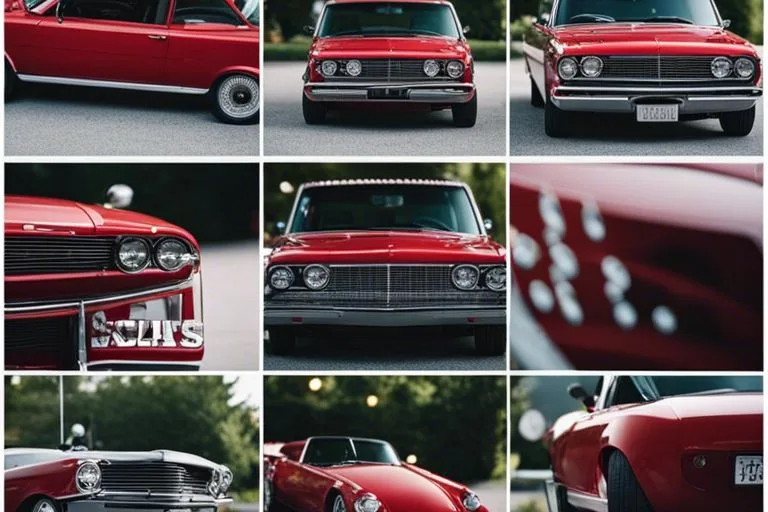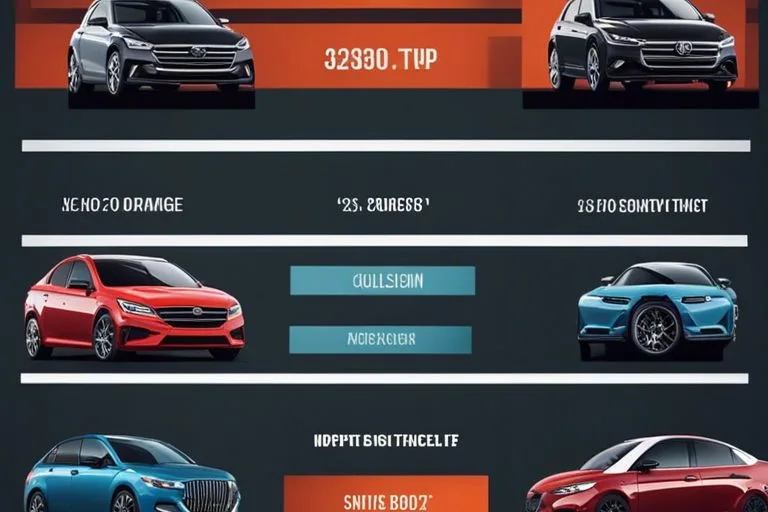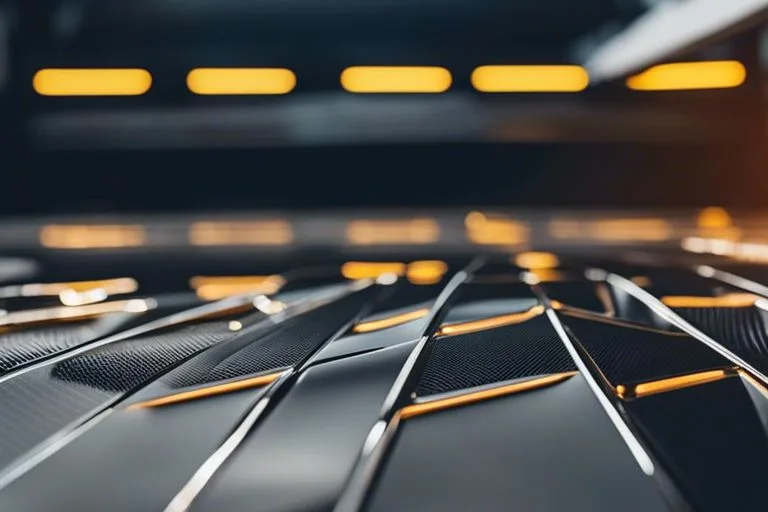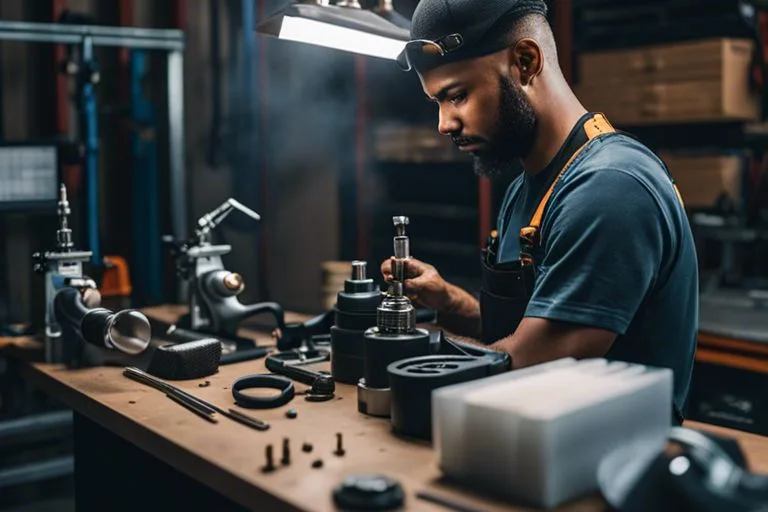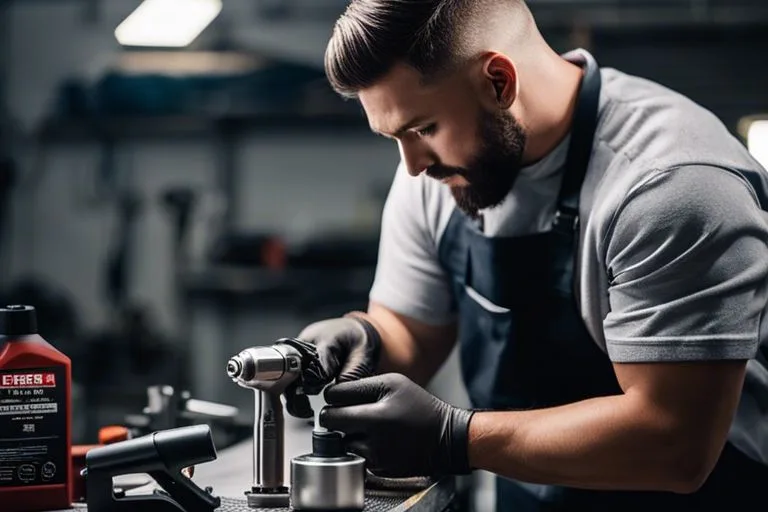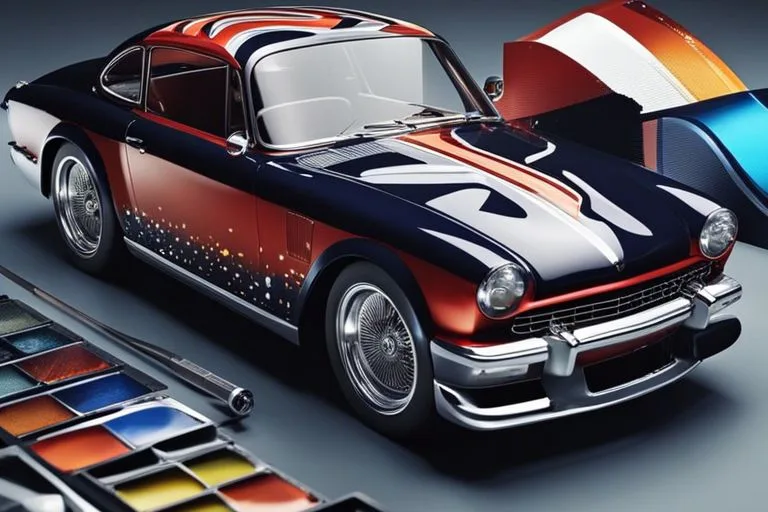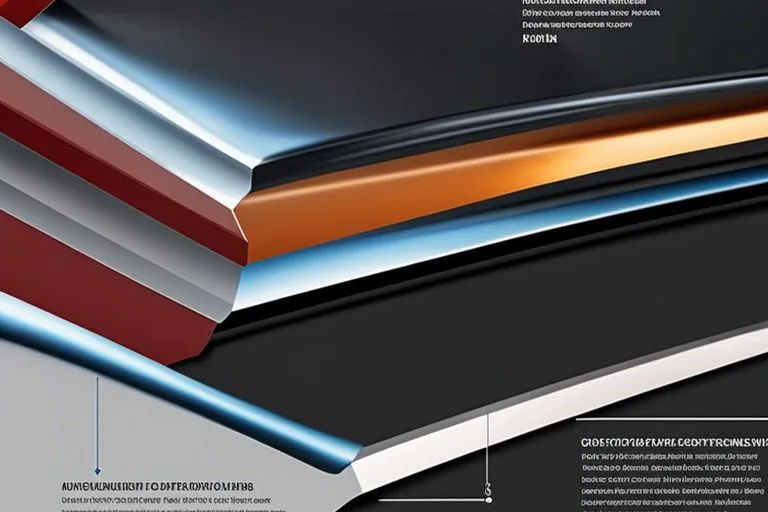Choosing the right auto body shop can make all the difference in getting your vehicle back on the road in top condition. With a multitude of options available, it can be overwhelming to select the best one for your needs. From reputation to services offered, there are several factors to consider when making this important decision. Let’s probe into the key points to keep in mind when choosing an auto body shop that will meet your expectations and provide quality service.
Key Takeaways:
- Check for Certification: Look for certifications like ASE and I-CAR to ensure the technicians are properly trained to work on your vehicle.
- Ask About Warranty: Inquire about the warranty offered for the repairs done on your vehicle to ensure you are covered in case of any issues post-repair.
- Read Reviews: Check online reviews and ask for references to get an idea of the shop’s reputation and the quality of their work.
Consider Expertise
Check certifications
Check if the auto body shop has certifications from reputable organizations such as ASE (Automotive Service Excellence) or I-CAR (Inter-Industry Conference on Auto Collision Repair). These certifications show that the technicians have the necessary skills and knowledge to work on your vehicle with expertise and professionalism.
Verify technician experience
Assuming the shop has certified technicians, it is also important to verify their experience in the industry. Ask about how long they have been in the business and if they have worked on vehicles similar to yours. Experienced technicians are more likely to provide high-quality work and handle any issues that may arise during the repair process.
The expertise of the technicians at an auto body shop is crucial in ensuring the proper repair and maintenance of your vehicle. By checking certifications and verifying technician experience, you can trust that your car is in good hands.
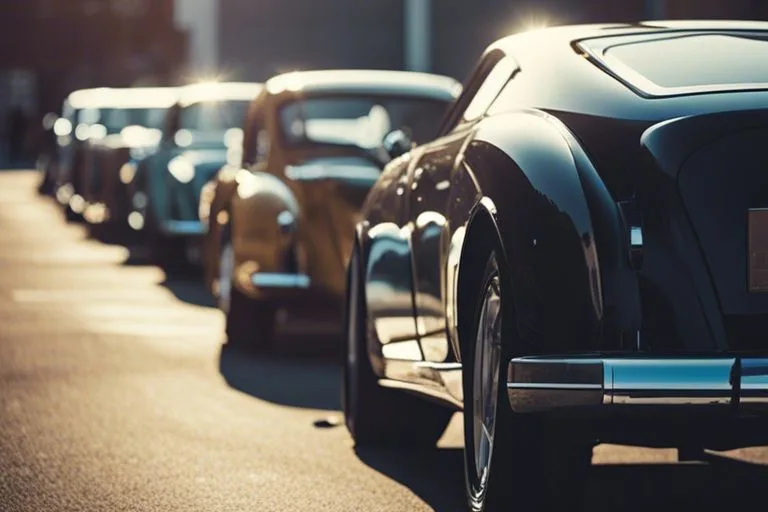
Assess Quality of Work
Look at previous repairs
It is important to assess the quality of work done by an auto body shop before choosing to trust them with your vehicle. You’ll want to carefully inspect previous repairs to see if the paint matches, if there are any overspray marks, or if the body panels are aligned correctly. A reputable shop will have a portfolio of their past work that you can review to gauge the level of expertise and attention to detail.
Read customer reviews
Even though looking at previous repairs can give you an idea of the quality of work a shop provides, reading customer reviews can offer valuable insights into the overall experience. Any reputable auto body shop will have a collection of positive reviews from satisfied customers detailing their experiences with the shop’s services. Take note of any recurring praise or complaints mentioned in the reviews to make an informed decision.
Customer reviews are a great way to gauge the level of customer satisfaction, the professionalism of the staff, and the shop’s ability to deliver on their promises. Look for trends in the reviews such as timeliness, communication, and the overall quality of work performed. These insights can help you make a more confident choice when selecting an auto body shop for your repairs.
Compare Pricing Options
| Request detailed quotes | Avoid unusually low prices |
| One of the most important steps when selecting an auto body shop is to request detailed quotes from several shops. Make sure the quotes include all necessary repairs, parts, and labor costs. This will help you compare the prices accurately and make an informed decision. | While it may be tempting to choose an auto body shop with unusually low prices, be cautious. Quality workmanship and materials come at a cost, and shops offering significantly lower prices may be cutting corners. It’s imperative to prioritize quality and reputation over the cheapest option to ensure the safety and integrity of your vehicle. |
Avoid unusually low prices
While it may be tempting to choose an auto body shop with unusually low prices, be cautious. Quality workmanship and materials come at a cost, and shops offering significantly lower prices may be cutting corners. It’s imperative to prioritize quality and reputation over the cheapest option to ensure the safety and integrity of your vehicle.
Options:
Always ask about the specific materials and parts that will be used for your repairs. Compare prices while considering the quality of work each shop provides. Be mindful of, your safety and the longevity of your vehicle should be the top priority when choosing an auto body shop.
Explore Warranty Offerings
Ask about warranty length
When opting for an auto body shop, always inquire about the length of the warranty they offer. A reputable shop should stand by their workmanship with a warranty that provides you with peace of mind. The length of the warranty can vary between shops, so make sure you understand what is included and for how long.
Understand coverage specifics
You’ll want to investigate deeper into the coverage specifics of the warranty offered by the auto body shop. Understanding what is covered and what is not can save you from any surprises down the road. Some warranties may only cover certain parts or exclude specific types of damage. It’s crucial to have a clear understanding of the coverage to avoid any misunderstandings.
Understand that a comprehensive warranty should cover both parts and labor for a specified period. It’s important to know if the warranty is transferable in case you sell your vehicle. Additionally, inquire if the warranty is honored nationwide or limited to specific locations. By understanding these coverage specifics, you can make an informed decision when choosing the right auto body shop for your needs.
Inquire About Materials
Confirm OEM parts use
Not all auto body shops use original equipment manufacturer (OEM) parts for repairs. It’s necessary to inquire about the source of the parts they will be using on your vehicle. OEM parts are designed specifically for your car make and model, ensuring the best fit and quality.
Question paint quality
With a reputable auto body shop, you should feel comfortable questioning the quality of the paint they will be using on your vehicle. Inquire about the type of paint they use, how it matches your car’s current color, and whether they offer any warranties or guarantees on the paint job.
About the paint quality, it’s crucial to understand the difference between factory paint and aftermarket paint. Factory paint matches your vehicle’s original color and finish, while aftermarket paint may not be an exact match and can affect the overall look of your car.
Confirm that the auto body shop uses high-quality, durable paint that will withstand the test of time and environmental elements. A quality paint job not only enhances the appearance of your vehicle but also provides long-lasting protection against corrosion and damage.
Evaluate Customer Service
Notice staff friendliness
To accurately assess the level of customer service at an auto body shop, it’s vital to pay attention to the staff’s friendliness. Assuming a warm and welcoming atmosphere can indicate a customer-centric approach, observe how the employees greet you and whether they are willing to answer your queries with patience and respect. A courteous and accommodating attitude suggests a commitment to customer satisfaction and quality service.
Check communication efficiency
Little details like prompt responses to inquiries and clear explanations of the repair process can reflect the shop’s communication efficiency. This aspect is crucial in ensuring a smooth and transparent experience for the customer. It is recommended to choose a shop that values effective communication to avoid misunderstandings and ensure your expectations are met.
This emphasis on communication extends beyond just verbal interactions. A good auto body shop should also provide updates on the repair progress and notify you of any unexpected delays or changes in the estimated timeline. By keeping you informed throughout the process, the shop demonstrates a commitment to keeping you in the loop and maintaining a professional relationship.
Check Location Convenience
Find nearby facilities
Many factors contribute to choosing the right auto body shop, and one of them is the location convenience. Clearly, you should find nearby facilities that are easily accessible to you. It is important to consider the distance you would have to travel to drop off and pick up your vehicle after repairs. Having a shop that is close to your home or workplace can save you time and hassle.
Consider operational hours
When checking the location convenience of an auto body shop, it’s also important to consider operational hours. Find a shop that aligns with your schedule, whether they offer early morning or late evening appointments to accommodate your needs. You can reach out to the shop and inquire about their hours of operation to ensure they can accommodate your schedule.
Insurance Company Affiliations
Verify insurance partnerships
All auto body shops may claim to work with insurance companies, but it’s important for you to verify these partnerships. Confirming that the auto body shop has established relationships with major insurance providers can streamline the repair process and ensure that your claim is handled efficiently.
Understand direct repair programs
With direct repair programs, insurance companies have pre-selected and approved auto body shops to perform repairs for their policyholders. These programs can offer benefits such as expedited claims processing and guaranteed workmanship. By choosing an auto body shop that participates in your insurance company’s direct repair program, you can have peace of mind knowing that the shop meets the insurer’s standards for quality and service.
It’s crucial to understand the direct repair program process and how it can benefit you. Insurance-affiliated auto body shops in these programs have typically undergone rigorous training and meet specific criteria set by the insurance company. This can result in faster repairs and smoother communication between the auto body shop, insurance company, and you as the customer.
Look at Shop Cleanliness
Despite being an underrated factor, the cleanliness of an auto body shop speaks volumes about its professionalism and attention to detail. A clean shop not only reflects the shop’s commitment to quality work but also indicates the level of care they will put into fixing your vehicle.
Inspect shop organization
Even the organization of tools, equipment, and parts within the shop can provide insights into the level of professionalism and efficiency of the auto body shop. A well-organized shop demonstrates that the technicians take pride in their work and are likely to pay attention to detail when working on your vehicle.
Observe working conditions
To ensure the quality of work being done on your vehicle, it is crucial to observe the working conditions of the auto body shop. Look for proper ventilation, adequate lighting, and well-maintained tools and equipment. These factors not only contribute to a safe working environment but also impact the quality of the repairs being done on your vehicle.
Working in a clean and well-maintained environment allows technicians to focus on providing high-quality service without distractions. Additionally, proper ventilation helps in ensuring the health and safety of both employees and customers. By observing the working conditions of an auto body shop, you can make an informed decision about where to take your vehicle for repairs.
Summing up
With this in mind, selecting the right auto body shop involves careful consideration of factors such as reputation, certifications, experience, and warranty. By thoroughly researching and comparing different shops, you can ensure your vehicle gets the quality repair work it needs. Remember to ask for referrals, read reviews, and communicate openly with the shop to make an informed decision. By following these steps, you can have peace of mind knowing your car is in good hands and will be restored to its pre-accident condition.
FAQ
Q: Why is it important to choose the right auto body shop?
A: Choosing the right auto body shop is crucial because it determines the quality of work done on your vehicle. A reputable shop will have skilled technicians, use high-quality parts, and provide reliable service, ensuring your safety and satisfaction.
Q: What factors should I consider when selecting an auto body shop?
A: When choosing an auto body shop, consider factors such as the shop’s reputation, certifications, experience, warranty offered, turnaround time, and customer reviews. It’s necessary to visit the shop, ask questions, and ensure they can meet your specific needs.
Q: How can I verify the credibility of an auto body shop?
A: To verify the credibility of an auto body shop, ask for references, check for certifications from organizations like ASE or I-CAR, inquire about the technicians’ training and experience, and review online feedback from previous customers. Additionally, ensure the shop provides written estimates and stands behind their work with a solid warranty.

